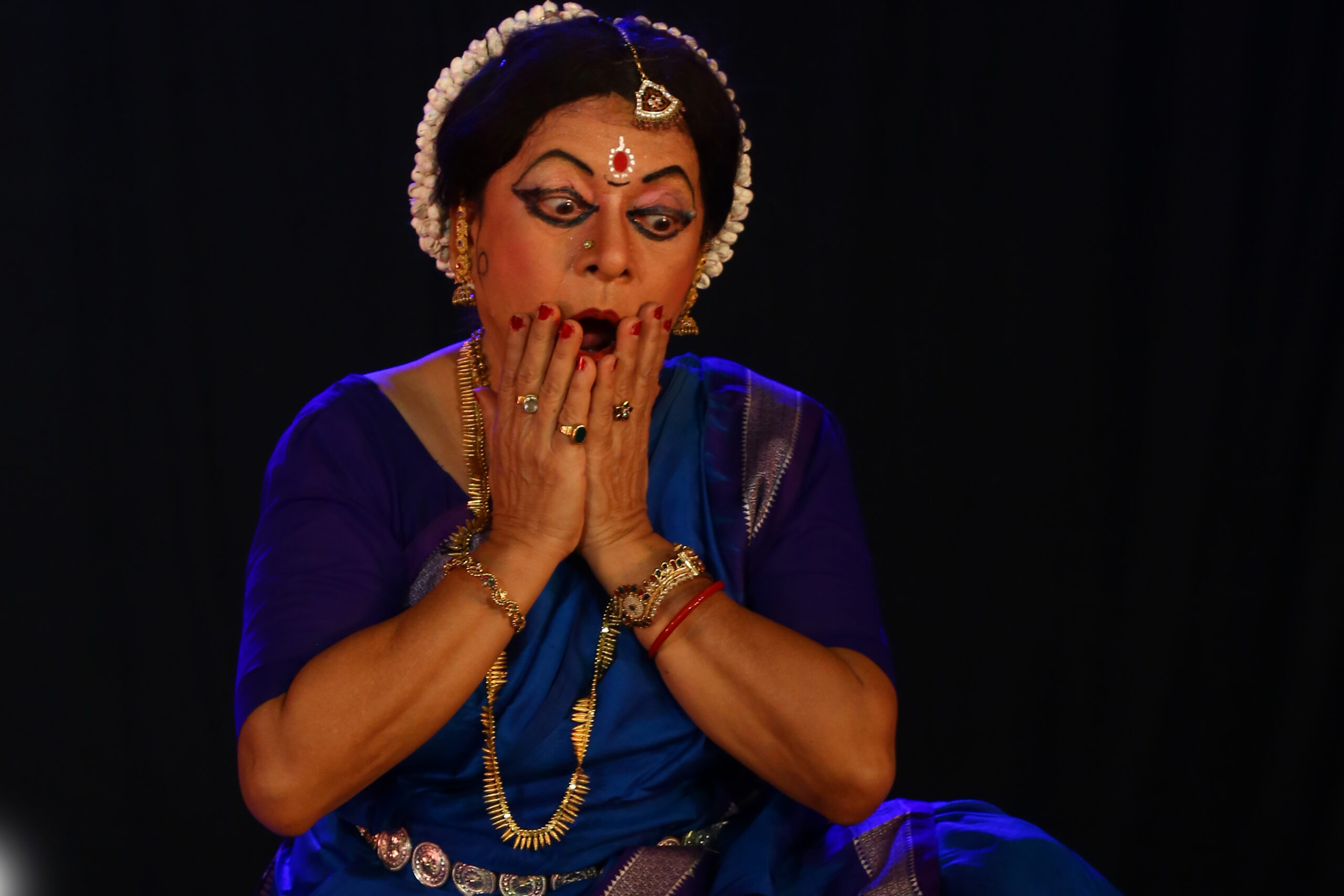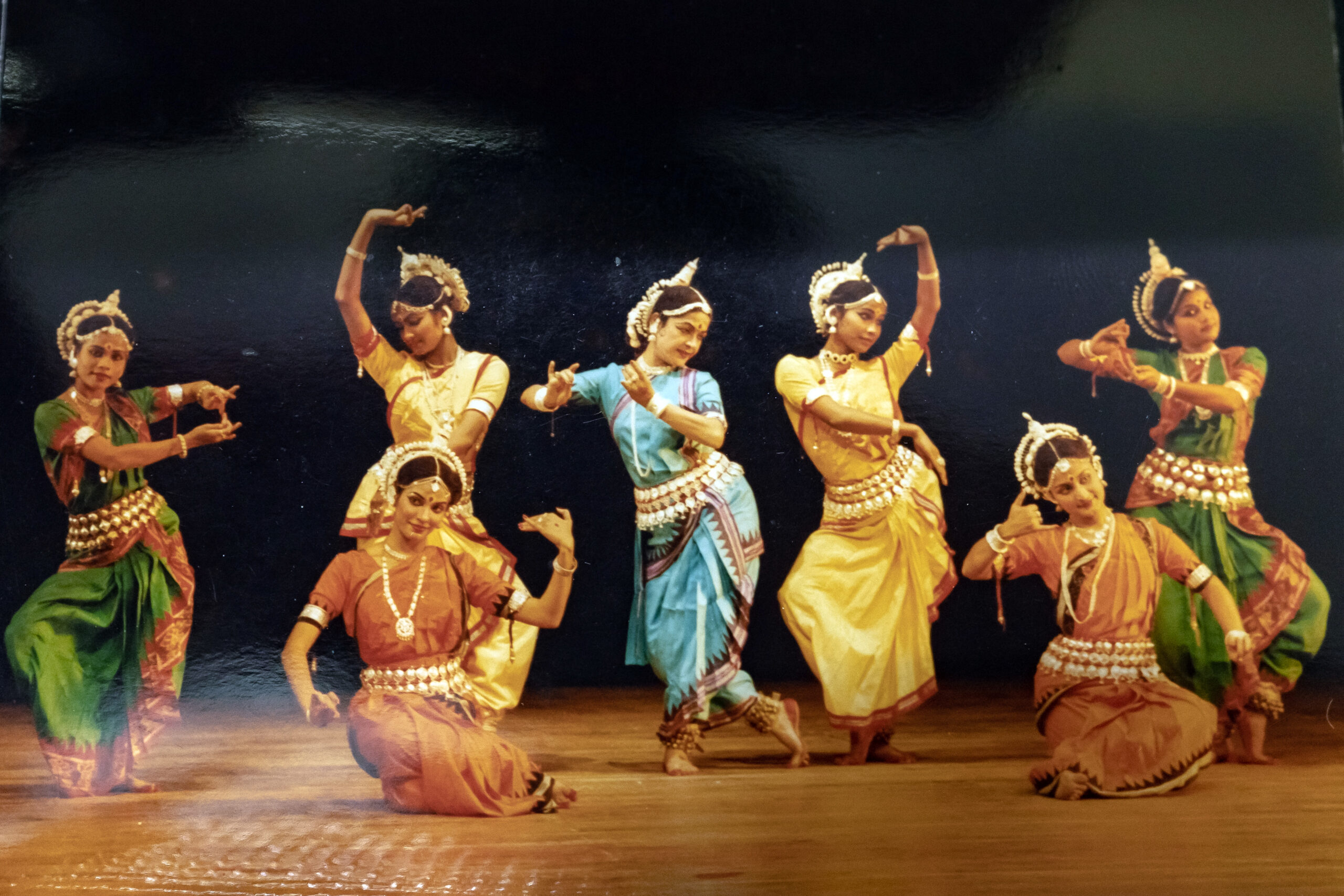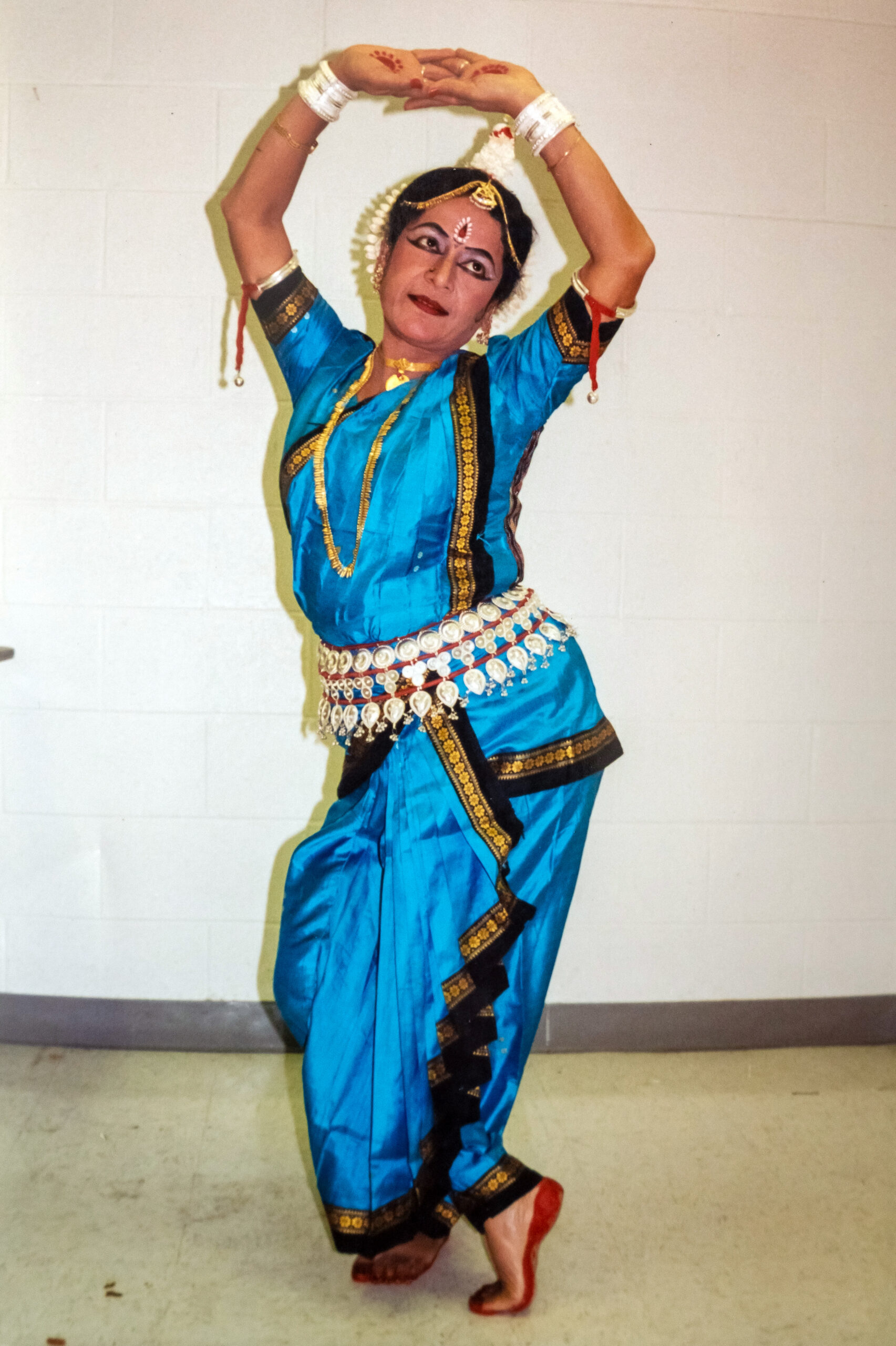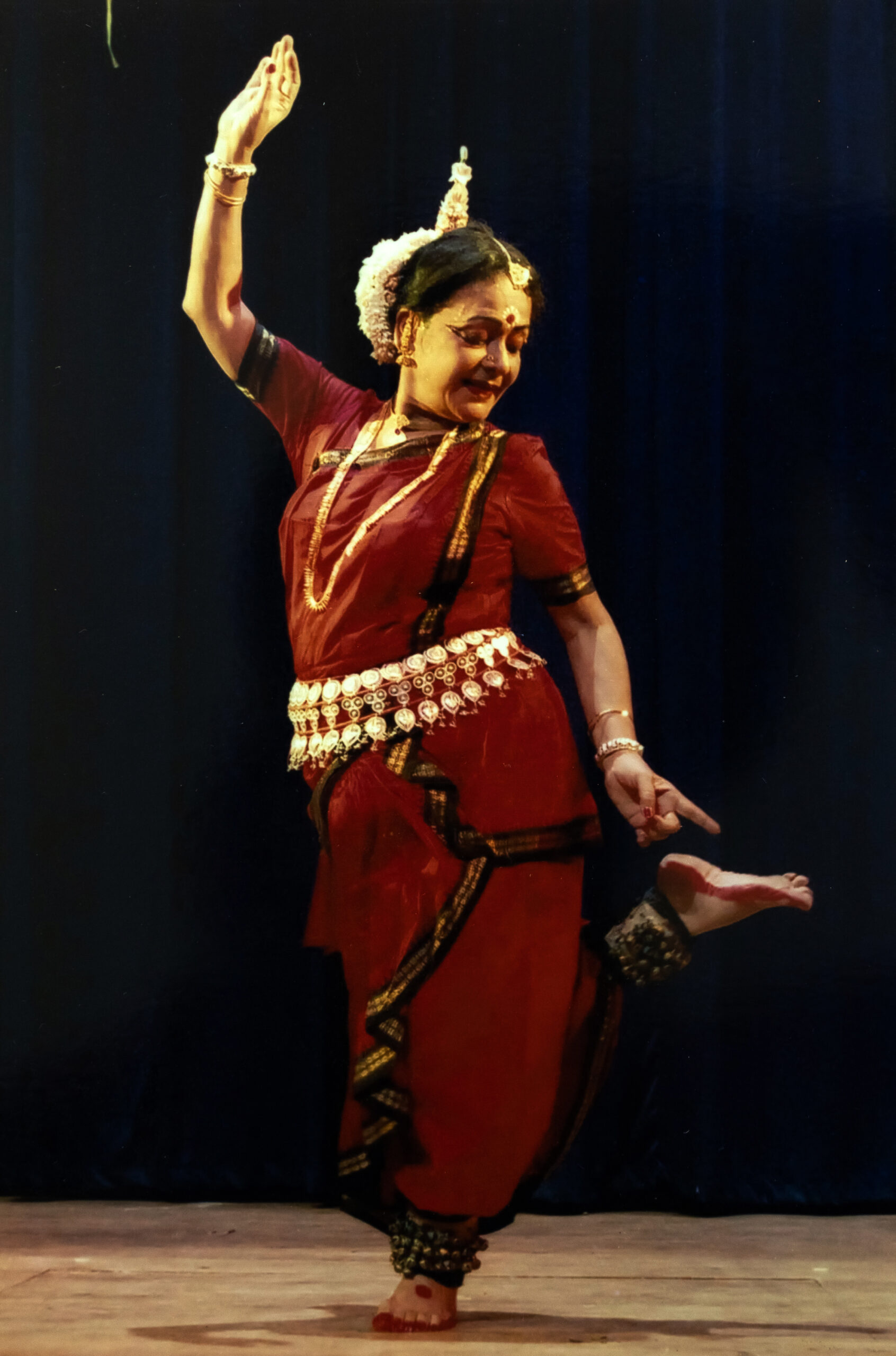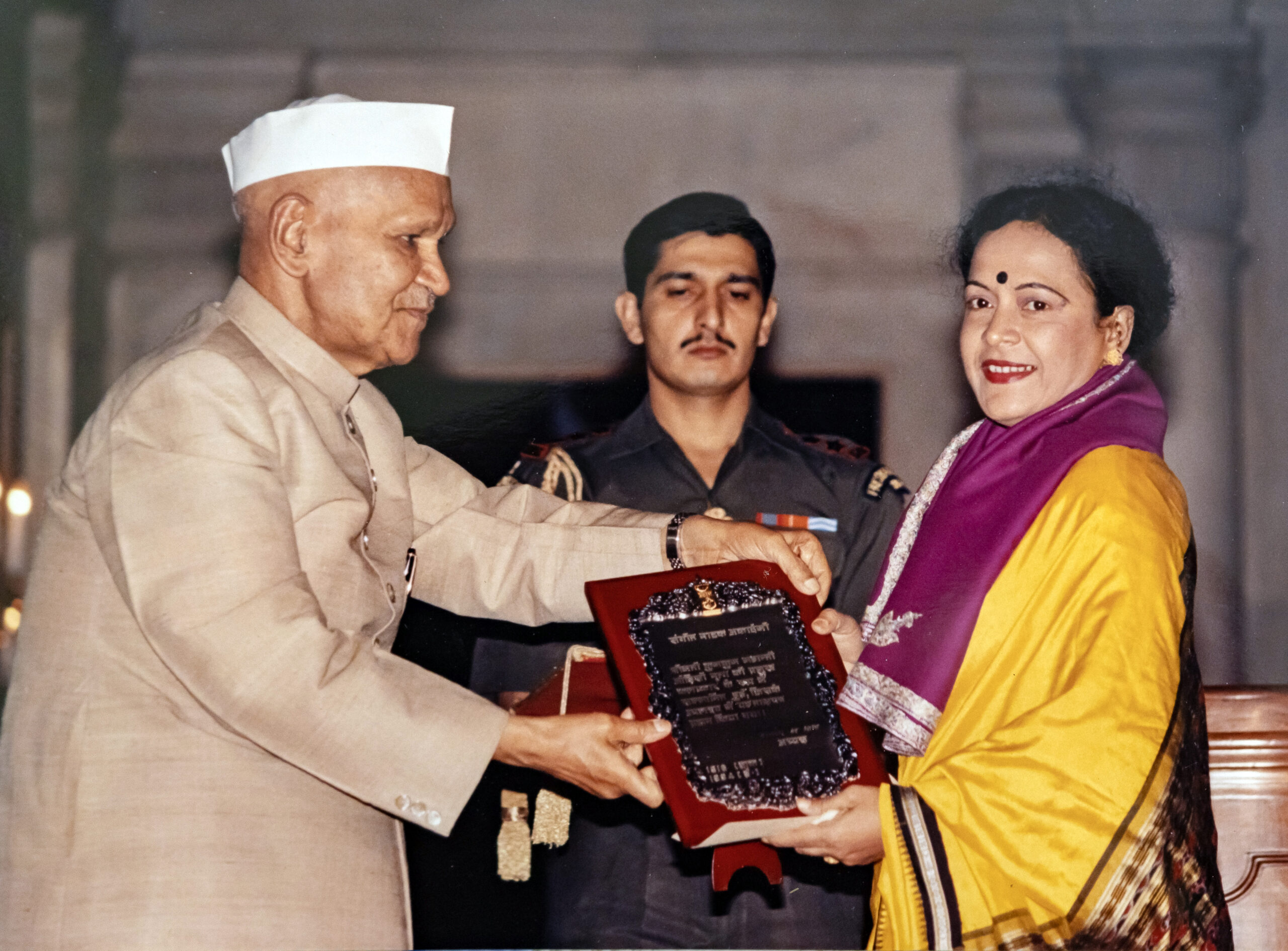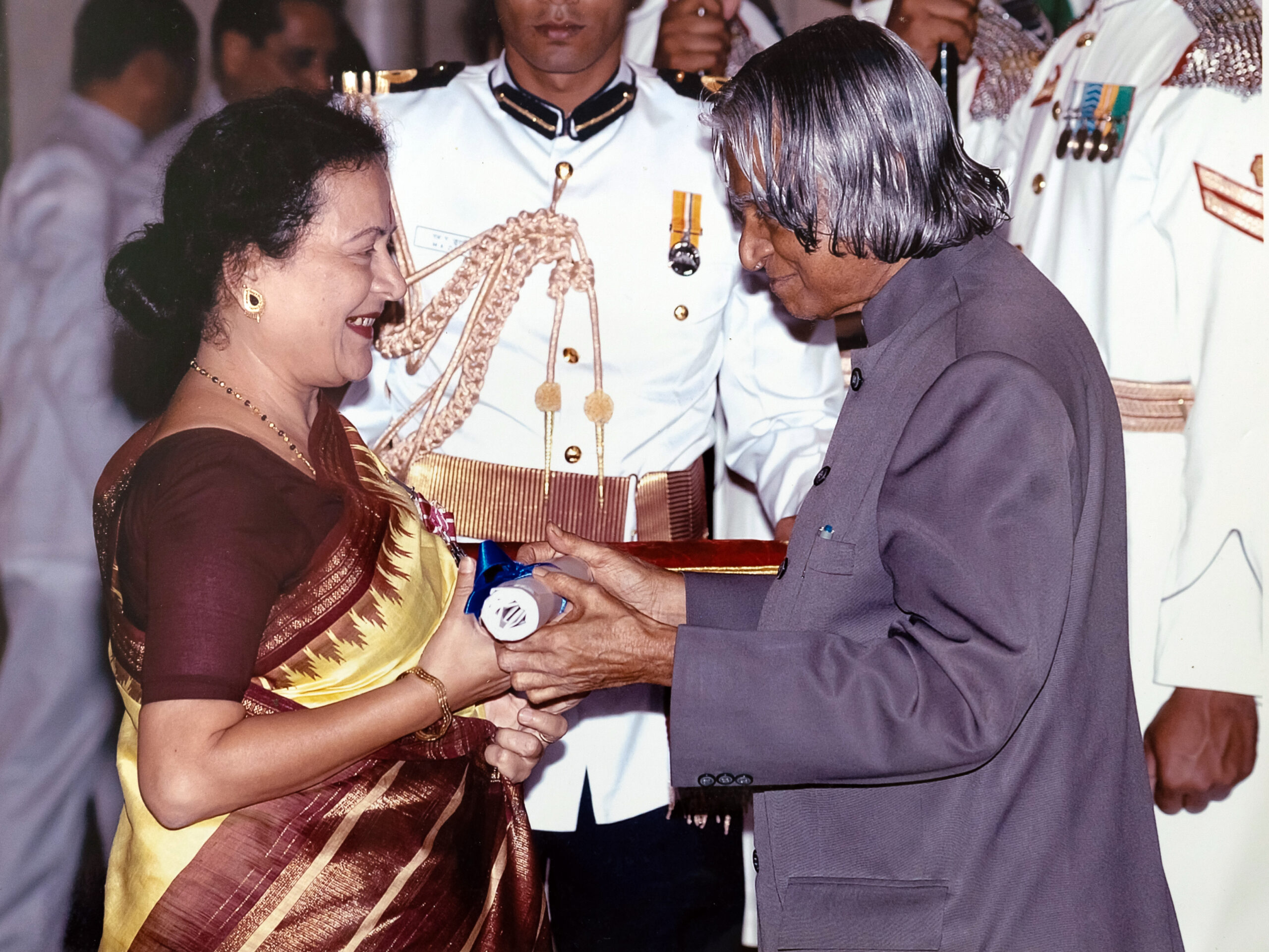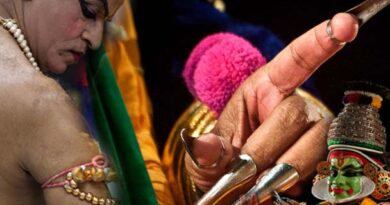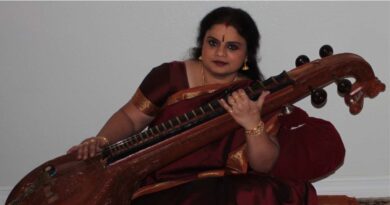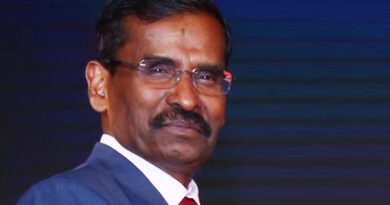Kumkum Mohanty: Queen Of Abhinaya In Odissi
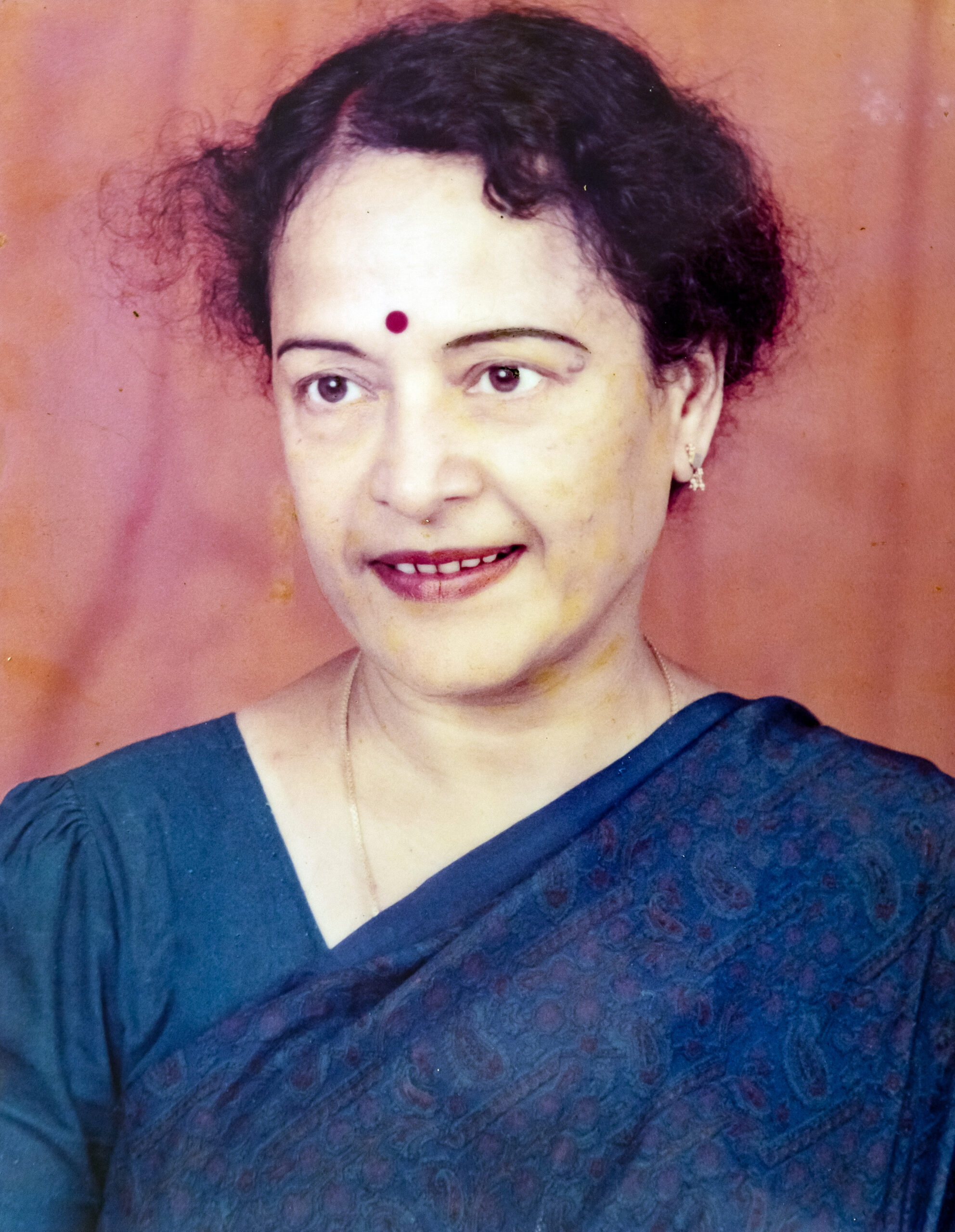
Text: Paul Nicodemus
She learnt discipline from her father, subtlety from her mother and perfection from her guru. Imbibing these great qualities she moulded herself into a quintessential personality in the history of Odissi. Kumkum Mohanty is an Odissi exponent, guru, author and administrator who not only captured the imagination of audiences worldwide with her graceful abhinaya but also someone who codified the grammar of Odissi dance.Kumkum Mohanty was born on 10 September 1946 at Cuttack to late Bama Charan Das, retired DPI and former Vice Chancellor of Sambalpur University and Punya Prabha Das, a homemaker. Her mother is solely responsible for her dance career and all the subtilty in life – household work, sanskar and upbringing. Her father was a strict disciplinary who guarded her studies.
She learned to dance in her 7th grade. Right from her childhood, she was interested in music. “When I was two-and-a-half years old I left my house, apparently, following a music procession. My entire household looked for me and even went to the police station,” she says. A pan shop vendor recognised her and stopped her. In another instance, when she was in her 4th grade, her father asked her to press his leg and asked her if she can sing a song? She sang 48 songs in a row. He was surprised and enquired with her mother. This happened in Puri when her father worked as a principal of Puri College. Once they returned to Cuttack, her parents enrolled her in music and dance at Kala Vikash Kendra. She was 11 years old. In a week, she had two days of dance and two days of music classes. Within 2-3 years Guru Kelucharan Mohapatra, who was the teacher there picked her up, and she had to leave her music. She completed her schooling and simultaneously her course at Kala Vikash Kendra. After finishing school she attended workshops conducted by her guru. Kumkum takes pride in being the disciple of Padma Bhushan awardee Guru Kelucharan Mohapatra.
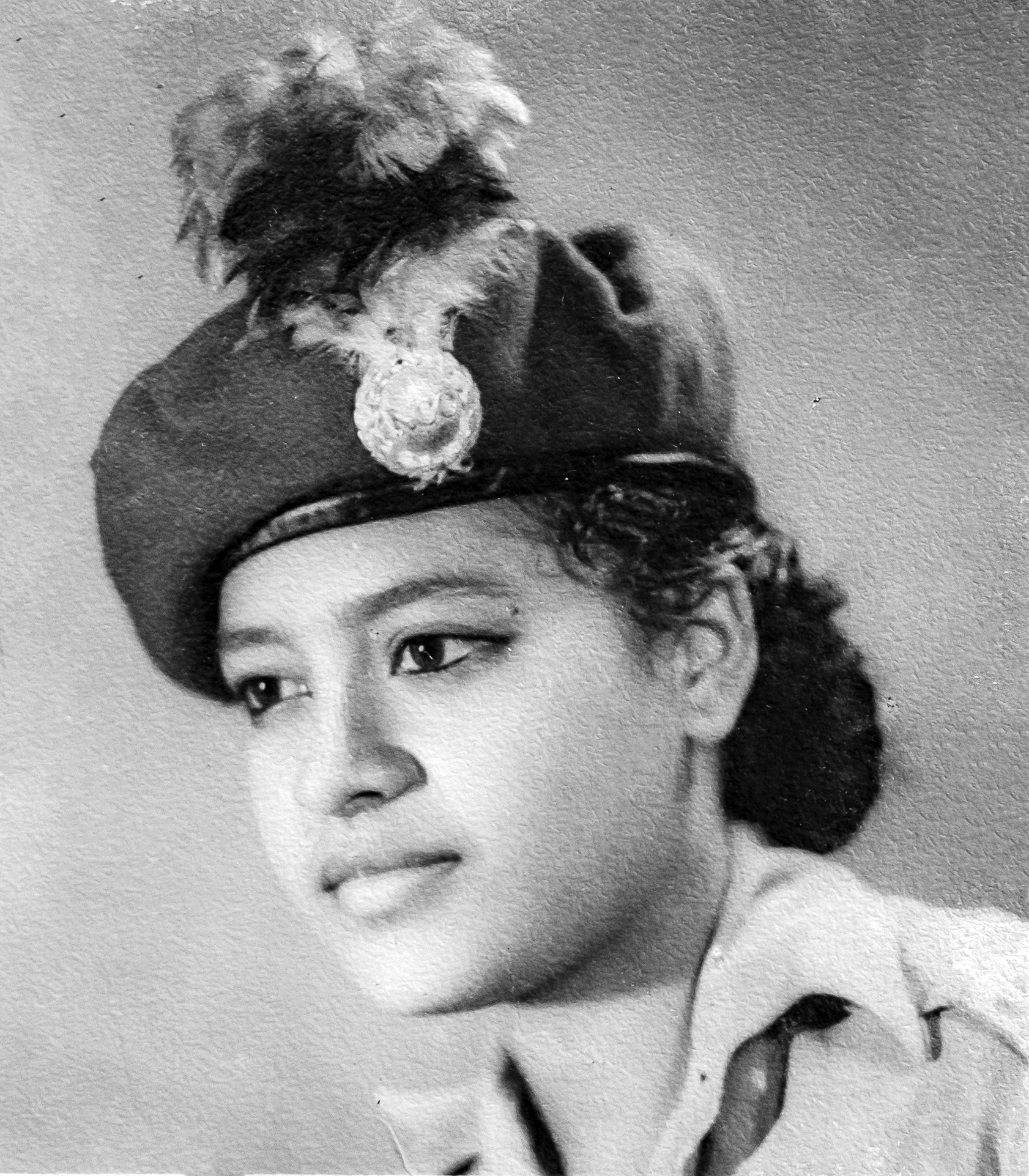
Her father prioritised academics and blackmailed her stating that he would stop her dance if she does not gain the first class. So to continue dancing, Kumkum achieved a first class in her examination. She pursued Bachelor of Arts and picked Political Science as her major. At the time Odissi dance was on the brink of becoming a classical dance form. Guru Kelucharan and others came down to take her to a programme in Delhi and her father refused to send her as there were examinations. They felt sorry for her and left. “I cried and stayed home. I got the first class,” she says. Later, she joined Master of Arts at Ravenshaw College in Cuttack. Then she went to Utkal University to pursue Political Science.
In 1967, Central Sangeet Natak Akademi held a seminar on ‘the impact of Gita Govinda on classical dances of India’. They invited guru Kelucharan to present Git Govinda and Kalicharan Patnaik went as a musicologist to present a paper. “Guruji chose me for the seminar. He came and told my father he wants to take me with him to perform abhinaya. Maybe he liked my abhinaya. In fact, more than understanding anything I was just copying him. I said I cannot come as I have my final examination but strangely my father said yes and wanted me to attend the seminar,” she shares. It was the time when all the Gita Govinda was composed in her house. After her performance in Delhi, the next day, a popular paper wrote ‘Kumkum is Padmavathy’.
That was the turning point of her life. Within two months, she got a programme in Sapro House where Yamini Krishnamurthy and other big names performed. “I was very young at the time. Next day, the paper wrote, ‘Yamini had to start with Thillana to keep up the pace that Kumkum had created”, she shares.There was a huge gap in the compositions of Odissi repertoire between 1955 and 1965. She says that they have happened at her house. Guru Kelucharan Mohapatra and Pandit Bhubaneswar Mishra, a disciple of Dwaram Venkataswamy Naidu composed at her house. “Pandit Bhubaneswar Mishra joined All India Radio, Cuttack and there was conglomeration between Carnatic music and Hindustani music. He was at the centre where Odissi was also sung.
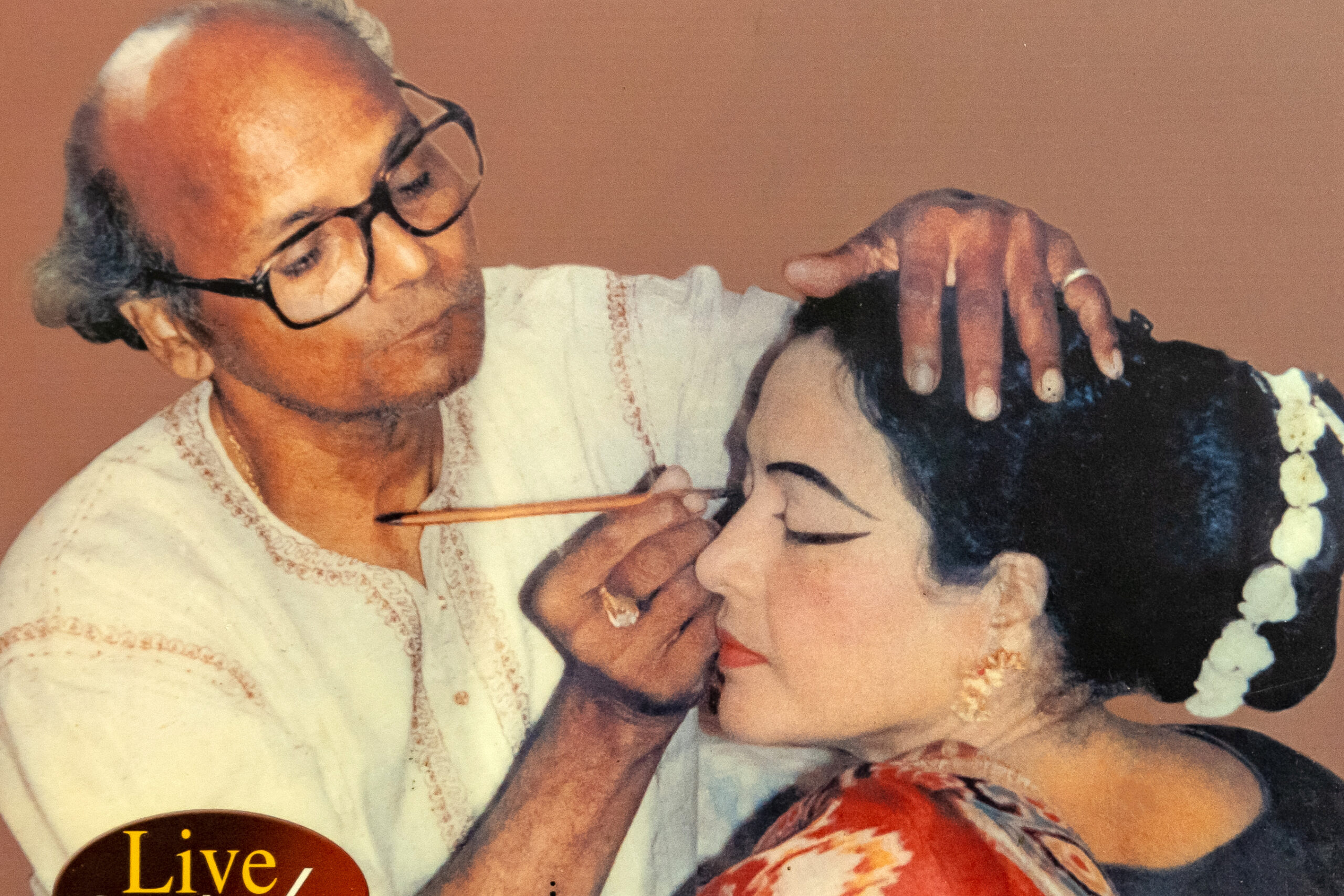
I consider him as the mother of Odissi dance and Guru Kelucharan as the father. Mother gave birth to music and rearing up is done by father,” she explains. Till then, because of the lack of music, Odissi repertoire was less and the combination of Guru Kelucharan and Mishra expanded the repertoire. “Mishra Ji gave music and guruji composed and it happened in my house. My grandmother slept on one bed, my father and mother on chairs, Mishraji and guruji on another bed. They composed on a small harmonium that my father bought for my music examination spending Rs. 28. The harmonium is still with me and from that, all the pallavis have come up. They composed into the wee hours and after 12 O’clock in the night, guruji’s creativity increased. After that I studied from 2:30 AM till 5:30 AM”, says Kumkum. She did a lot of hard work and Guru liked her as she could remember everything. Those days, video cameras were not in their reach and Kumkum remembered her guru’s compositions and the next day, she recollected them on her way to Utkal University. During this time, in the late 60s, Odissi repertoire grew and simultaneously Kumkum became popular at the all India level.
She completed her Masters from Utkal University with a Gold Medal and appointed as a lecturer at Shailabala Women’s College, Cuttack. The ICCR invited her to go to Russia in 1970. Her father again gave her a test, he said, she could go to Russia only if she gets through the IAS examination. She sat and studied for a month and got through. In UPSC, they took the toppers into foreign service. An official from the foreign service told her he would take her into service but she has to forget about the dance. “I said sorry. I wrote to UPSC to hold my interview in advance as I had to leave for Russia. The chairman asked, you are an international reputed dancer why do you want to join services and I said I don’t want to but my father wants,” she smiles. The chairman advised her to follow her dreams and continue as a lecturer and pursue dance because as a civil servant she could be posted in a remote village.
She did so well, in theory, she stood first at the national level and joined allied service (Indian Postal Service) in the year 1970. Her dance career came to a halt. She went to Saharanpur and Mussoorie. Wherever she went, she always stood first. When all others tried to enjoy their evenings, she stayed back and practised her dance and studied. She received a Gold medal for All Round Best Officer in Mussoorie.
In 1972, Kumkum got married to Madan Mohan Mohanty, an IAS officer and had a baby boy. After that, her life revolved around the office and household work. “Those days I received numerous invitations to perform but my husband never asked me to perform. I had abhiman and told myself that I would perform only if my husband asked me to perform the dance. I tore the telegrams and put them in a dustbin,” she shares. In 1978, when her husband served as the collector of Sundergarh, he wanted to raise money for the children affected by leprosy and asked her to perform. “I felt it was God who brought me back to dancing. I started heavy exercise and eventually guruji had come and new pallavi was composed,” she says. Within a short time, again she had to stop her dancing to give birth to her second child.
In 1983, she came to Odisha on deputation. She served for six years and was instrumental in establishing the Odissi Research Centre, a Government of Odisha Autonomous body under the chairmanship of Chief Minister. This assignment gave me immense pleasure and helped me to translate my inherent ideas into action.
She felt that all the top artistes of her day were busy with their performances and questioned herself on who would document the art form and repertoire for future generations? When the items were composed in her house, there was no method of documenting them and she thought had there been a method of writing them, like notation, she would have jotted them down. These things constantly played in her mind and she made a scheme on codification, documentation, notation and dissemination and gave to the Government of Odisha. That was when the then Chief Minister of Odisha JB Patnaik brought her to Odisha on deputation. Chief Minister knew her from a long time because of her performances as Kumkum Das before she got married. Stalwarts like Guru Kelucharan, Pandit Bhubaneswar Mishra and Balakrishna Das were part of the Odissi centre.
Kumkum began her work with the documentation of living traditions of Odisha like Devadasi and Gotipua. She held a seminar for artistes and gurus of Maharis and Gotipua who belonged to the 70s and 80s. Around 50 dancers, all in their old age have attended it. She questioned them on how they learnt the art form when they first learnt it? She got the answers from them and turned them into 14 chapters in her book ‘The Odissi Dance Path Finder – I’. She then worked on her second book. “I asked Guruji to show me Odissi in one minute. He slapped me and asked if I was playing jokes with him? I said ‘no’ and told him I will invite five gurus and they have to show their dance in one minute. The audience would decide the name of-the-art form whether it is Odissi, Kuchipudi or Kathak,” she says. One minute would contain 60 seconds – 15 seconds she recorded 3 typical postures of Odissi and 45 seconds 3 typical movements. She convinced guru and clicked all the poses for Odissi. A team of three Sanskrit scholars, Sanjukta Panigrahi, Guru Pankaj Charan Das, Guru Kelucharan Mohapatra and Kumkum sat together and spent months on nomenclature. They identified nearly 66 poses and 35 movements with names. It became her second book ‘The Odissi Dance Path Finder – II’.
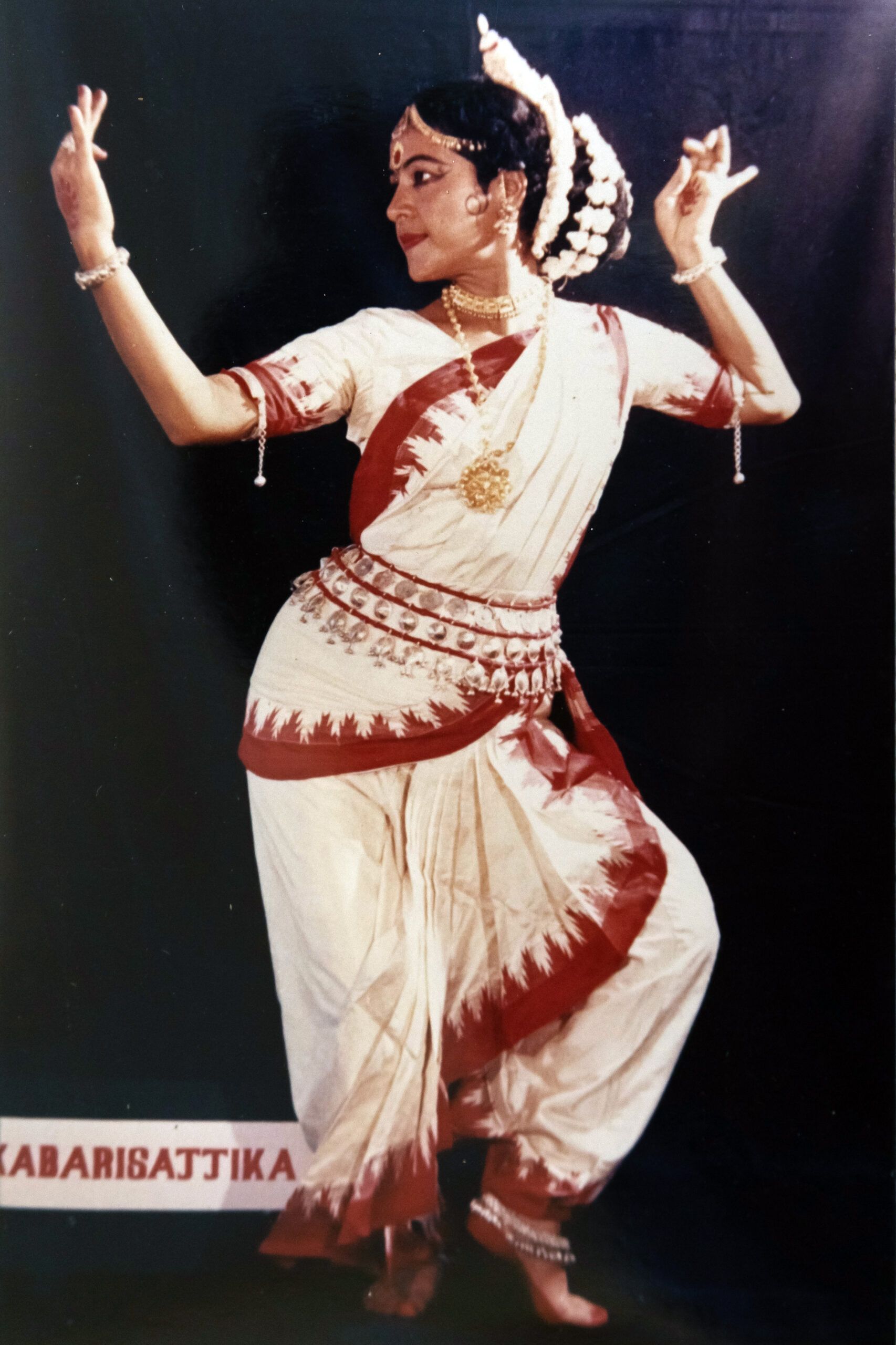
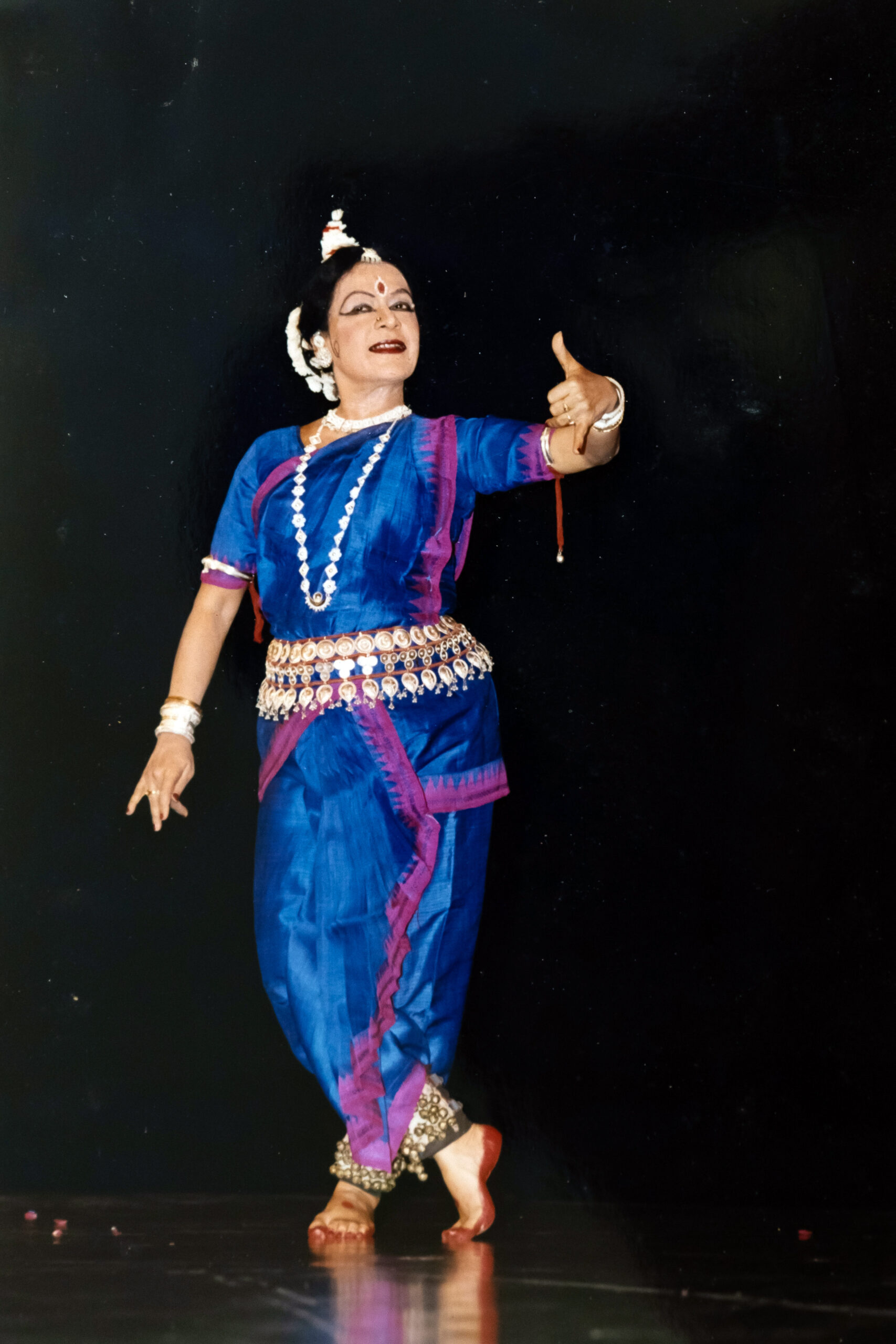
After completion of the period of deputation (1989), she preferred to resign from the Indian Postal Service and was absorbed in the Government of Odisha. She retired as a Director, Special Project (Culture) and Ex officio – Special Secretary, Department of Culture, Government of Odisha in the year 2004.As the Chief Executive of the Odissi Research Centre, she could give a new orientation to the style of Odissi Dance and Music. The Odissi Research Centre took part in all the prestigious Dance Festivals in India and abroad under her leadership. She was actively involved in the research on techniques of Odissi Dance, teaching to the inertness and choreographing Odissi Dance items and Dance- Dramas.
Kumkum also took part in all the prestigious Music Conferences and Dance Festivals – All India Dance Festival, Khajuraho Festival, Krishna Gana Sabha, Swami Haridas Sammelan, Elora Festival, Ganga Mahotsav, Konark Dance Festival, Odissi International festival are a few of them. She also performed in ICCR Cultural Exchange Programmes in USSR, Germany, U.K., Japan, Indonesia, Paris, South America, etc.Kumkum established her dance school Geeta Govinda under Geeta Govinda Charitable Trust in 2006, in Bhubaneswar. She also acts as an Adjunct Professor at the School of Humanities, Social Sciences and Management, IIT Bhubaneswar.
Apart from dance, Kumkum enjoys cooking and gardening and says, “Plants are my life. Daily, I watch them like my baby.”She received several awards and accolades for her contribution towards the art form of Odissi including State Sangeet Natak Academy Award – 1993, Central Sangeet Natak Academy Award – 1996, Padma Shri by the Government of India – 2005, Kalidas Samman by the Government of Madhya Pradesh – 2016, Best Teacher Award by IIT Bhubaneswar – 2017.
“Shraddha, Sanskar, Sanskruti, Sadhana and Sabari are the five essential qualities that will help an individual achieve anything in life,” she concludes.

